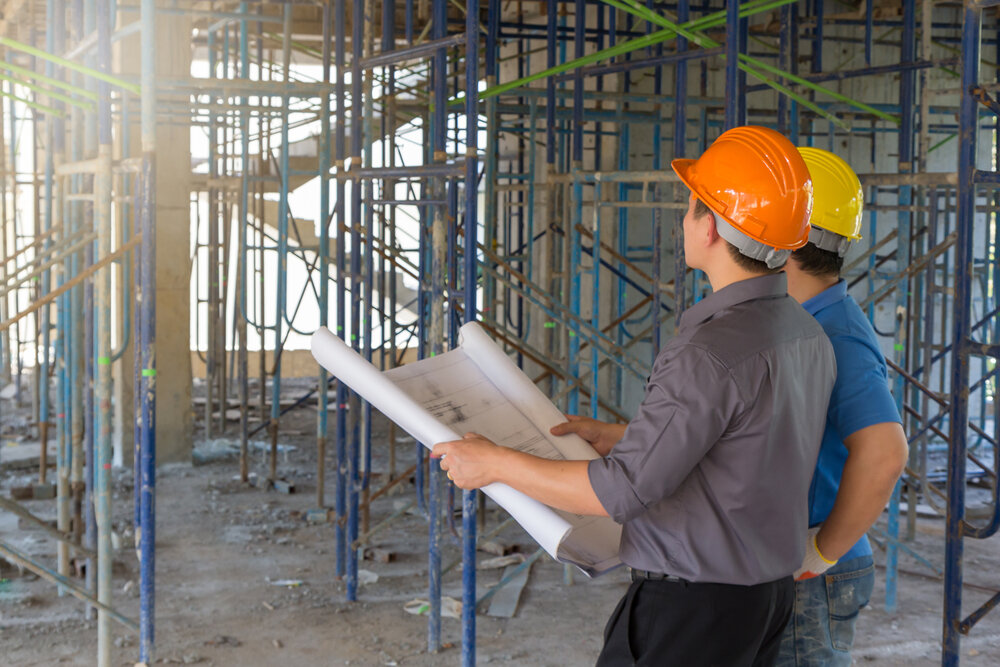A Invisible Framework: How Architectural Engineering Influences Modern Cities

In each bustling metropolis, imposing skyscrapers and vast bridges shape the skyline and the lives of its residents. Yet, the true artistry behind these impressive structures lies in the often-unseen discipline of structural engineering. While architects envision the aesthetic appeal of buildings and civil engineers handle the broader infrastructural elements, it is structural engineers who make certain that these designs stand the test of time and nature. They are the silent guardians of safety and durability, carefully calculating forces and stresses, selecting materials, and solving complex design challenges.
In this piece explores the profound impact of structural engineering on urban development, revealing the ways in which it not only supports our physical environment but also improves our quality of life. Ranging from the fundamentals of what this field entails to the innovative trends shaping its future, we will delve into the critical role structural engineers play in constructing reliable, sustainable, and awe-inspiring structures. Join https://squareblogs.net/slipinput50/pioneering-techniques-in-civil-design-whats-next as we uncover the invisible backbone that underpins our cities, highlighting notable achievements and examining the essential qualities that define great structural engineers.
Understanding Building Engineering
Structural design is a distinct field within infrastructure design emphasizing designing and assessing constructs to tolerate multiple stresses and burdens. From high-rises to bridges, structural engineers guarantee that these edifices not only withstand the challenge of years but also uphold safety for their inhabitants. A solid understanding of physics, materials science, and numbers is essential for experts in this discipline, as they must predict how multiple materials will react under varying situations.
In contemporary construction, the responsibility of framework engineers extends beyond just math and drawings. Go to the website work together with designers to make certain that aesthetic aspects do not compromise building stability. This partnership is essential, as it marries innovative architecture with practical design answers. Whether it’s a domestic dwelling or a large-scale construction project, building engineers play an integral role in realizing ideas to fruition while following security norms and regulations.
Moreover, the evolution of building engineering has witnessed the inclusion of tech and green practices into its approaches. With advancements in software tools and modeling techniques, designers are well-prepared to visualize and evaluate their designs. Additionally, the drive for green construction practices has caused a greater importance on sustainability, ensuring that constructs are not only sound and working but also responsibly responsible. As metropolises continue to expand and evolve, the importance of framework engineering in contouring our constructed world cannot be overstated.
Key Innovations and Developments
The area of architectural engineering is experiencing revolutionary advancements driven by progress in tech and a increasing focus on eco-friendliness. One of the most significant developments is the use of three-dimensional modeling and BIM, which permits engineers to develop intricate digital representations of structures. This method enhances collaboration among team members, optimizes the design process, and catches possible issues before building begins, ultimately leading to enhanced and economical projects.
Another emerging development is the integration of eco-friendly materials and techniques into structural engineering. Engineers are increasingly focusing on environmentally friendly building techniques, utilizing materials such as upcycled steel and composite wood products that lessen negative effects on nature. The demand for energy conservation and lower carbon footprints is affecting the design of both recent constructions and refurbishments, ensuring that structural engineering enhances urban ecosystems.
Breakthroughs in materials science are also transforming the future landscape of structural engineering. The advancement of high-performance concrete, smart materials, and progress in hybrid structures enable engineers to create buildings and bridges that are not only more robust but also more flexible to environmental conditions. These innovations contribute to the establishment of strong infrastructure able to resist natural disasters, reflecting a proactive approach to security and longevity in urban development.

The Role of Civil Engineers in Civilization
Structural engineers play a critical role in the progress and security of our built environment. They are responsible for planning structures, bridges, and additional frameworks to ensure they withstand different pressures and burdens. This includes factors such as gravity, wind, and earthquakes. By applying theories of natural science and materials engineering, civil engineers ensure that frameworks not only meet visual and practical needs but also adhere to building codes and guidelines. temporary works Surrey helps prevent severe breakdowns and ensures the longevity of essential infrastructures.
In city environments, civil engineers contribute significantly to the general efficiency and cohesion of different systems within a city. They work together with planners and builders during the planning and construction phases, ensuring that all elements work in unison. This cooperation is crucial in creating environments that are not only aesthetically pleasing but also functional for daily life, including housing, business premises, and public infrastructure. Through their work, building engineers enhance the living standards for residents by providing secure and effective spaces for residing, employment, and leisure.
Moreover, the role of structural engineers extends beyond mere building. They are integral members in disaster recovery and building restoration, helping communities recover after catastrophic events and improve their ability to withstand against subsequent disasters. By implementing new approaches and eco-friendly methods, structural engineers are shaping the future of metropolitan areas. Their dedication to protection, effectiveness, and sustainability makes them an essential support of community, ensuring that towns can support both contemporary and future generations.
